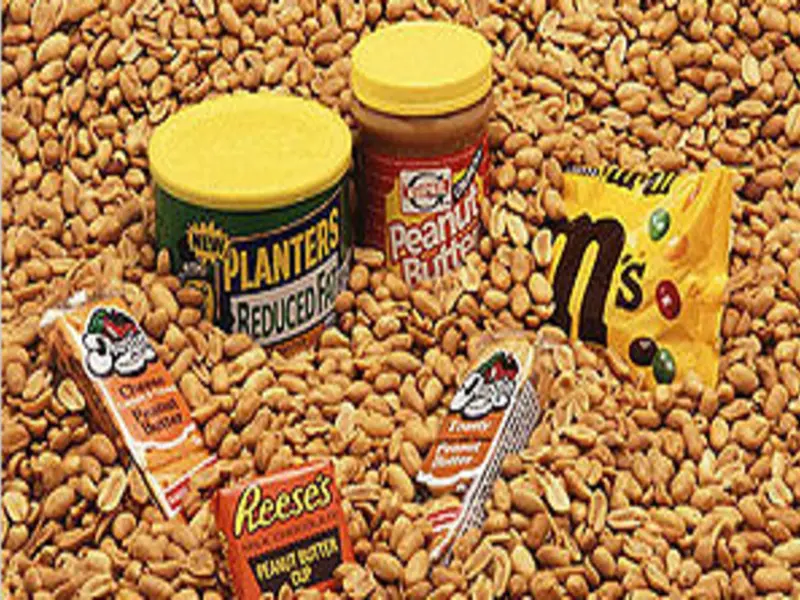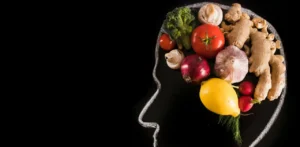Contents
- 1 Understanding Favism and Its Implications
- 2 Favism Diet: Foods to Avoid
- 3 Favism-Friendly Meals: Safe and Nutritious Options
- 4 Diet for Favism Management: Tips and Strategies
- 5 Favism Nutrition Tips: Best Foods for Favism
- 6 Favism Nutrition Therapy: Personalized Approach
- 7 Favism-Friendly Recipes: Delicious and Safe Meal Ideas
Favism is a condition caused by a deficiency in the enzyme glucose-6-phosphate dehydrogenase (G6PD), which plays a crucial role in protecting red blood cells from damage. Individuals with Favism can experience hemolytic anemia when exposed to certain foods, medications, or infections. This condition predominantly affects males and is more common in individuals of Mediterranean, African, or Asian descent. Understanding the right dietary choices is essential for managing Favism and ensuring overall health.
Understanding Favism and Its Implications
Favism is triggered by exposure to substances that cause oxidative stress in individuals with G6PD deficiency. This oxidative stress can lead to the destruction of red blood cells, resulting in symptoms such as fatigue, jaundice, dark urine, and an increased heart rate. One of the most well-known triggers is fava beans, which is how the condition gets its name. However, there are several other foods and substances that can also trigger hemolytic episodes.

Favism Diet: Foods to Avoid
For individuals with Favism, avoiding certain foods and substances is critical to prevent hemolytic anemia. Here are some key foods and substances to avoid:
- Fava Beans: The primary trigger for Favism, fava beans contain compounds that can induce oxidative stress in G6PD-deficient individuals.
- Legumes: While fava beans are the most potent trigger, other legumes such as chickpeas, lentils, and peas can also pose risks and should be consumed with caution.
- Sulfa Drugs: Certain medications, including sulfonamides, can trigger hemolysis in G6PD-deficient individuals. Always consult with a healthcare provider before taking any new medication.
- Naphthalene: Found in mothballs and some deodorant products, naphthalene can be harmful and should be avoided.
- Artificial Dyes: Some artificial food dyes and preservatives can trigger oxidative stress. Reading food labels and choosing natural alternatives is recommended.

Favism-Friendly Meals: Safe and Nutritious Options
Creating a diet plan that avoids triggers while providing adequate nutrition is crucial for managing Favism. Here are some Favism-friendly meal ideas:
Breakfast
- Oatmeal with Fresh Fruits: A bowl of oatmeal topped with fresh fruits like bananas, strawberries, and blueberries provides a nutritious start to the day.
- Greek Yogurt with Honey and Nuts: Greek yogurt is a great source of protein, and adding a drizzle of honey and a handful of nuts makes for a delicious and safe breakfast option.
- Smoothie Bowl: Blend spinach, banana, almond milk, and a scoop of protein powder to create a refreshing and nutritious smoothie bowl.
Lunch
- Grilled Chicken Salad: A salad with grilled chicken, mixed greens, avocado, and a lemon vinaigrette offers a healthy and balanced meal.
- Quinoa and Veggie Stir-Fry: Quinoa is a great protein source and, when paired with a variety of sautéed vegetables, creates a satisfying and safe meal.
- Turkey and Avocado Wrap: Whole grain wraps filled with turkey, avocado, lettuce, and a touch of mustard make for a convenient and nutritious lunch.
Dinner
- Baked Salmon with Steamed Vegetables: Salmon is rich in omega-3 fatty acids, and when paired with steamed vegetables like broccoli and carrots, it provides a nutrient-dense meal.
- Chicken and Rice Pilaf: A comforting dish made with chicken, rice, and a blend of spices ensures a flavorful and safe dinner option.
- Vegetable Stir-Fry with Tofu: Tofu is a great protein alternative, and when stir-fried with vegetables and served over brown rice, it creates a delicious meal.
Also Read: “Heart-Healthy Foods: Your Comprehensive Guide to a Heart Disease Diet”
Diet for Favism Management: Tips and Strategies
Managing Favism requires careful planning and a proactive approach to diet. Here are some tips to help manage Favism effectively:
- Read Food Labels: Always check food labels for hidden ingredients that might trigger hemolytic episodes. Avoid products with artificial dyes and preservatives.
- Consult a Nutritionist: Working with a nutritionist can help tailor a diet plan that meets nutritional needs while avoiding triggers.
- Stay Hydrated: Drinking plenty of water helps maintain overall health and supports the body in managing oxidative stress.
- Balance Macronutrients: Ensure a balanced intake of proteins, carbohydrates, and fats to maintain energy levels and overall well-being.
- Regular Monitoring: Regular blood tests and check-ups with a healthcare provider are essential to monitor the condition and make any necessary dietary adjustments.

Favism Nutrition Tips: Best Foods for Favism
While certain foods need to be avoided, there are many nutritious foods that can be safely included in a Favism diet:
- Leafy Greens: Spinach, kale, and other leafy greens are rich in vitamins and minerals and can be safely consumed.
- Fruits: Most fruits, including apples, bananas, berries, and citrus fruits, are safe and provide essential nutrients.
- Lean Proteins: Chicken, turkey, fish, and lean cuts of beef are excellent protein sources.
- Whole Grains: Brown rice, quinoa, and whole wheat products offer fiber and essential nutrients.
- Nuts and Seeds: Almonds, walnuts, chia seeds, and flaxseeds are nutritious options that can be safely included in the diet.
Favism Nutrition Therapy: Personalized Approach
Nutrition therapy for Favism involves creating a personalized dietary plan that avoids triggers and supports overall health. A registered dietitian can help develop a plan that includes:
- Elimination of Trigger Foods: Identifying and eliminating foods that can cause hemolytic episodes.
- Incorporation of Safe Foods: Ensuring a varied diet that includes safe and nutritious foods.
- Nutritional Supplements: If necessary, supplements can be recommended to address any nutritional deficiencies.
- Regular Monitoring: Continuous monitoring and adjustments to the diet based on individual needs and health status.
Favism-Friendly Recipes: Delicious and Safe Meal Ideas
Creating delicious meals that are safe for individuals with Favism is possible with a bit of creativity. Here are some recipe ideas:
Recipe: Grilled Chicken and Quinoa Salad
Ingredients:
- 1 cup quinoa
- 2 cups water
- 1 lb grilled chicken breast, sliced
- 1 avocado, diced
- 1 cup cherry tomatoes, halved
- 1 cucumber, diced
- 2 cups mixed greens
- Lemon vinaigrette (juice of 1 lemon, 2 tbsp olive oil, salt, and pepper)
Instructions:
- Rinse the quinoa under cold water. In a saucepan, bring water to a boil, add quinoa, reduce heat, and simmer for 15 minutes or until water is absorbed.
- In a large bowl, combine quinoa, grilled chicken, avocado, cherry tomatoes, cucumber, and mixed greens.
- Drizzle with lemon vinaigrette and toss to combine. Serve immediately.
Recipe: Baked Salmon with Broccoli and Carrots
Ingredients:
- 2 salmon fillets
- 1 head of broccoli, cut into florets
- 2 carrots, sliced
- 2 tbsp olive oil
- Salt and pepper to taste
- Lemon wedges for serving
Instructions:
- Preheat oven to 375°F (190°C).
- Place salmon fillets on a baking sheet lined with parchment paper. Arrange broccoli florets and carrot slices around the salmon.
- Drizzle olive oil over the salmon and vegetables. Season with salt and pepper.
- Bake for 20-25 minutes or until the salmon is cooked through and the vegetables are tender.
- Serve with lemon wedges.
Conclusion
Managing Favism through diet requires careful planning and awareness of trigger foods. By avoiding harmful substances and incorporating safe, nutritious options, individuals with Favism can maintain their health and enjoy a varied diet. For those looking to simplify meal planning, IntRest offers a convenient solution. You can order healthy food from the IntRest website based on your illness, diet, and allergies, ensuring that your meals are both safe and delicious.
By following these guidelines and making informed dietary choices, individuals with Favism can effectively manage their condition and lead a healthy, fulfilling life.



